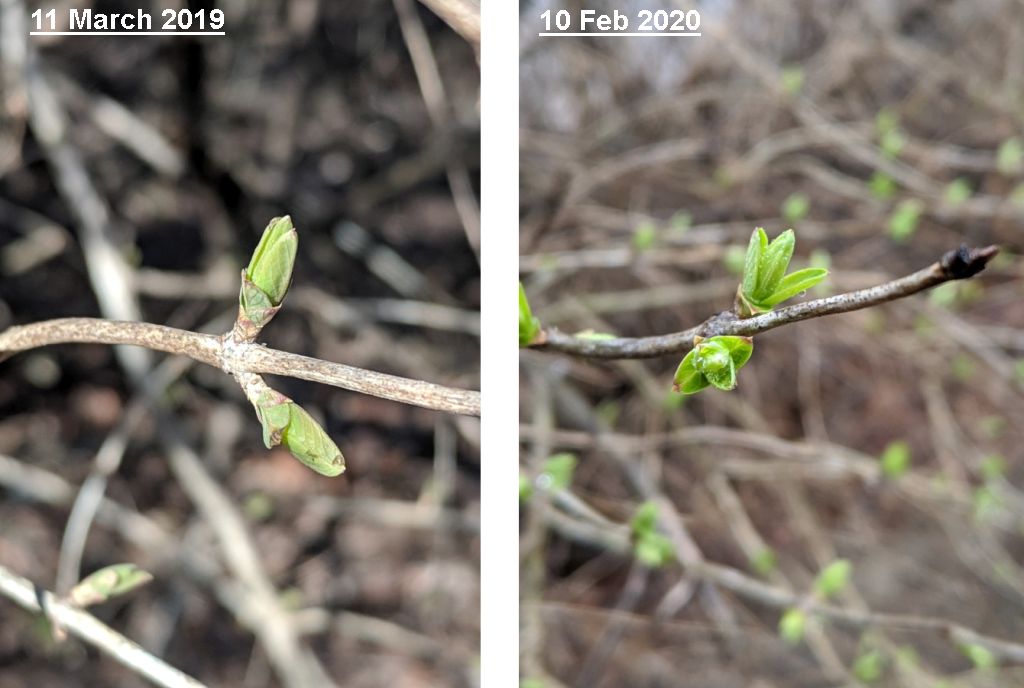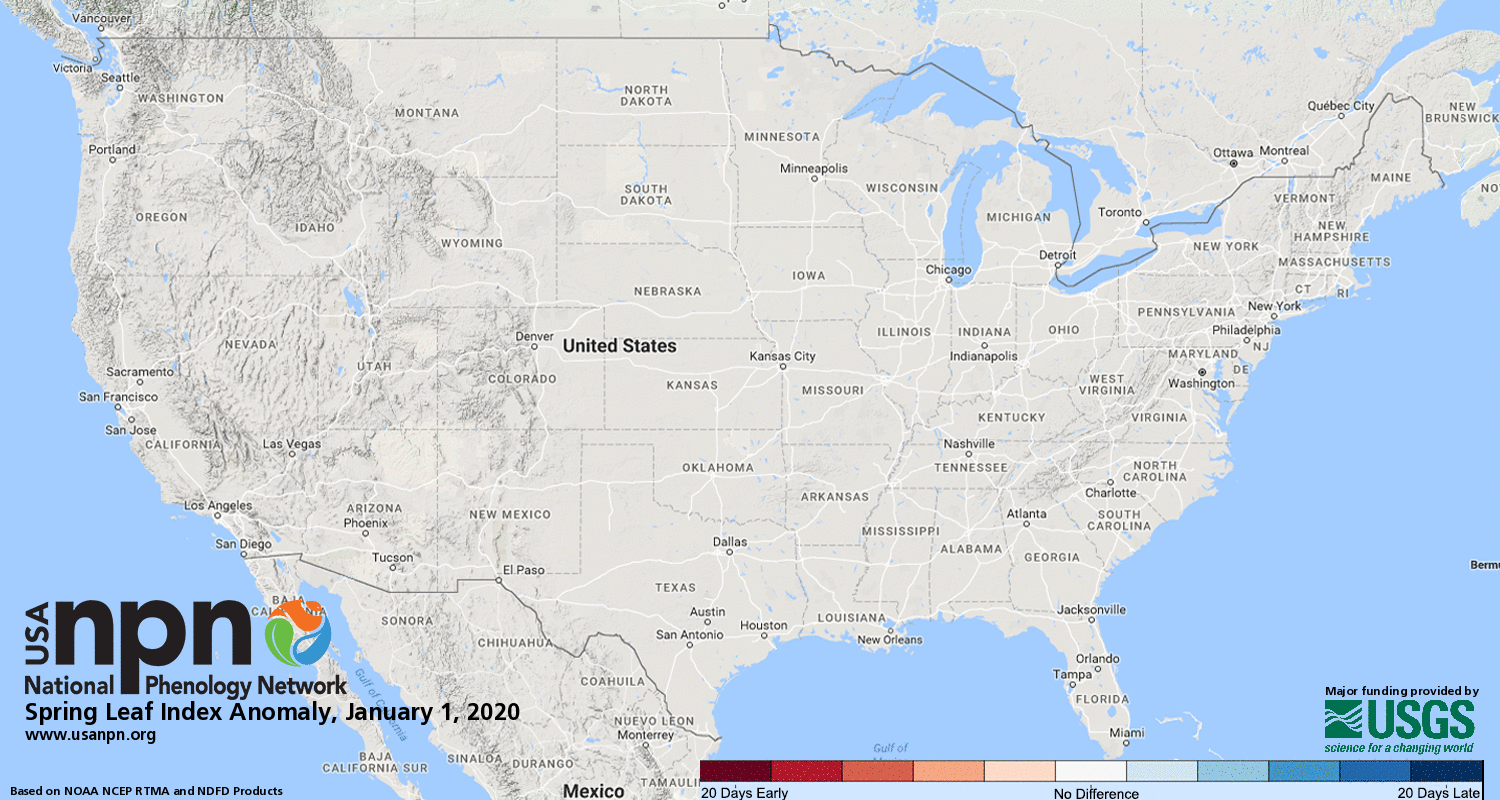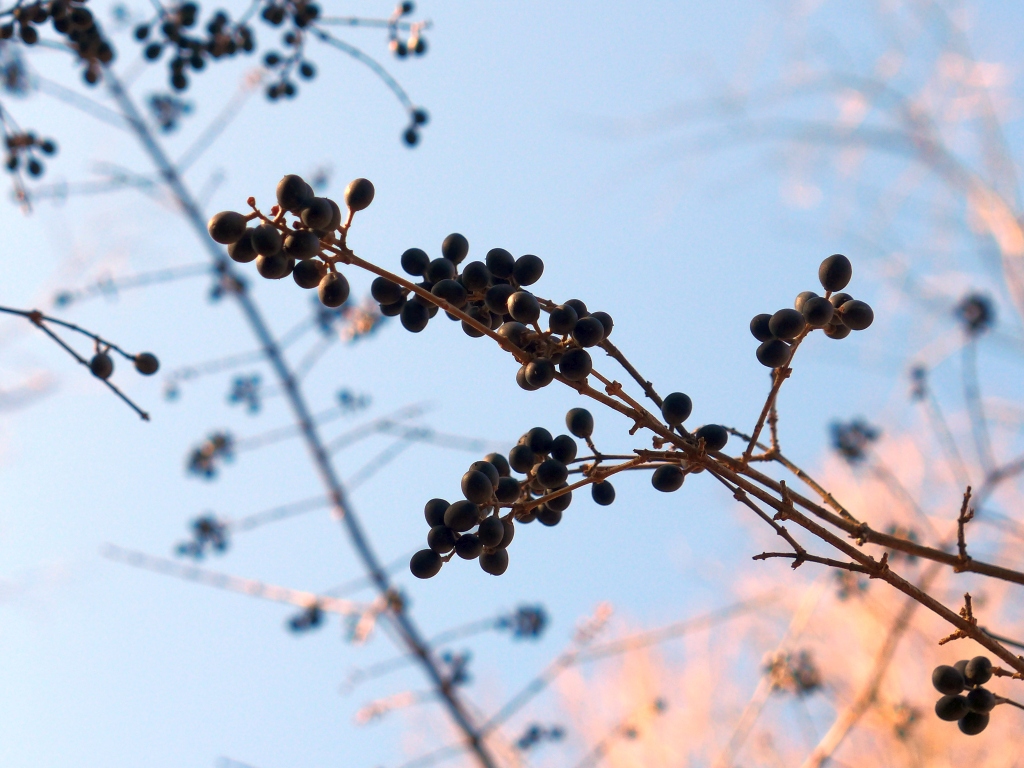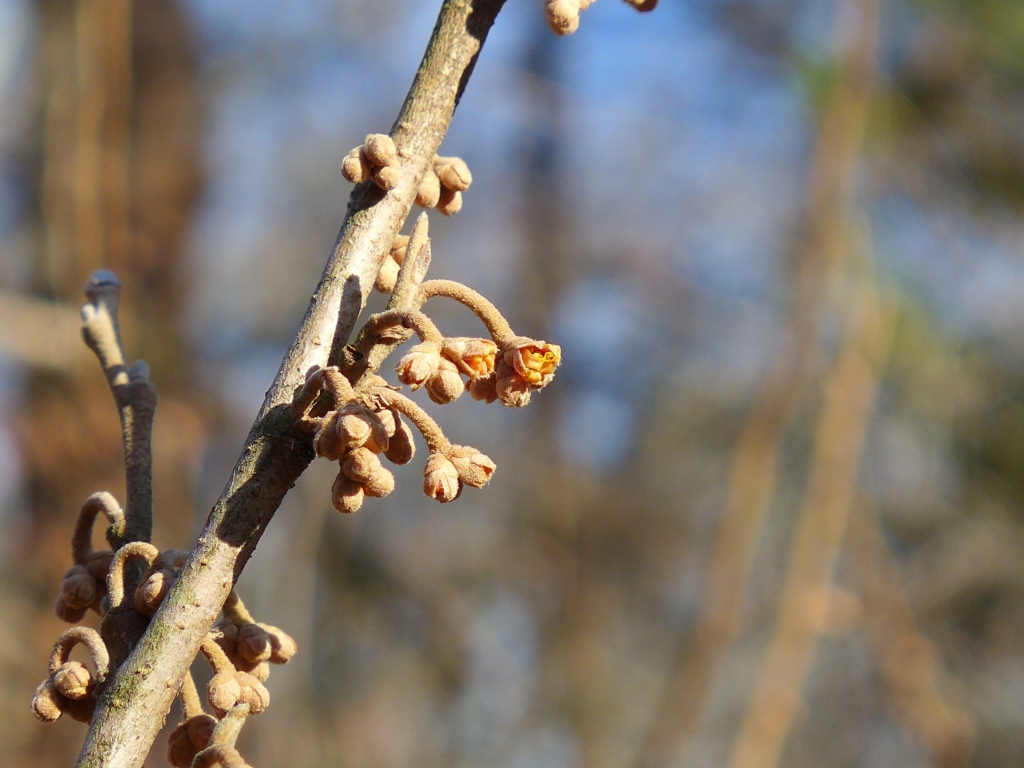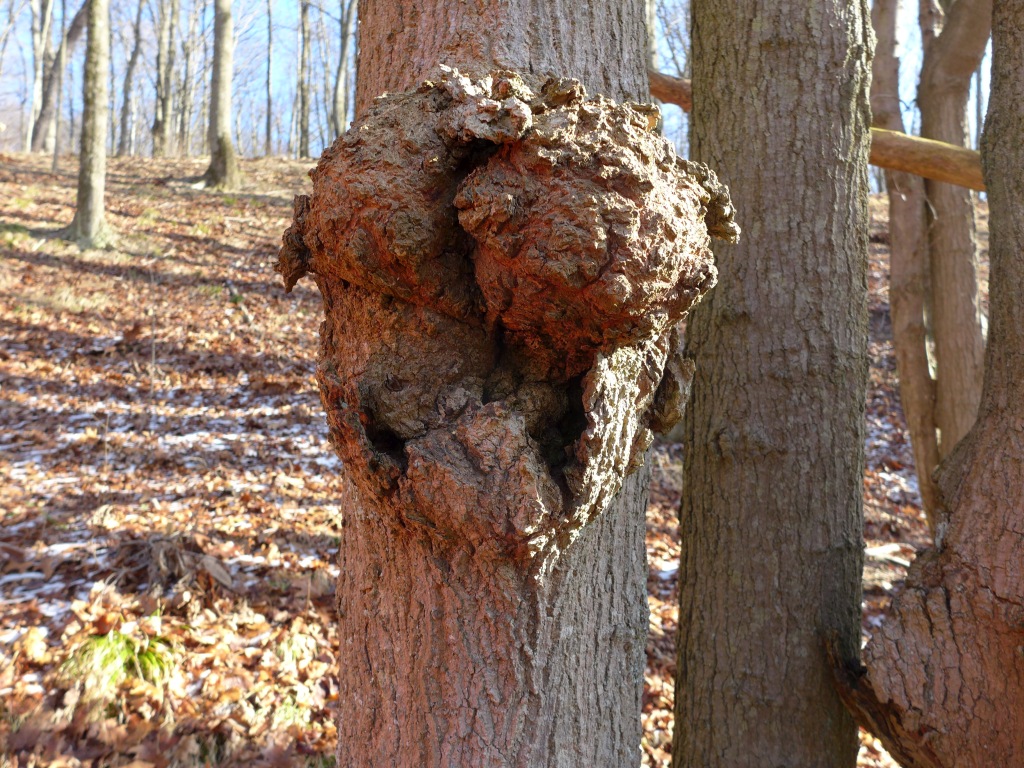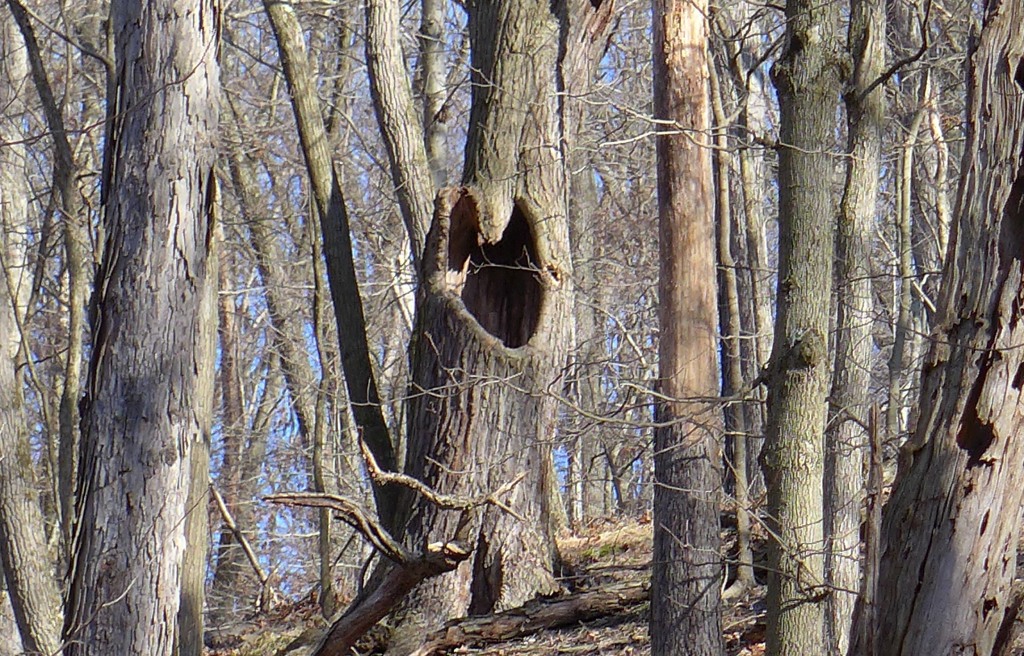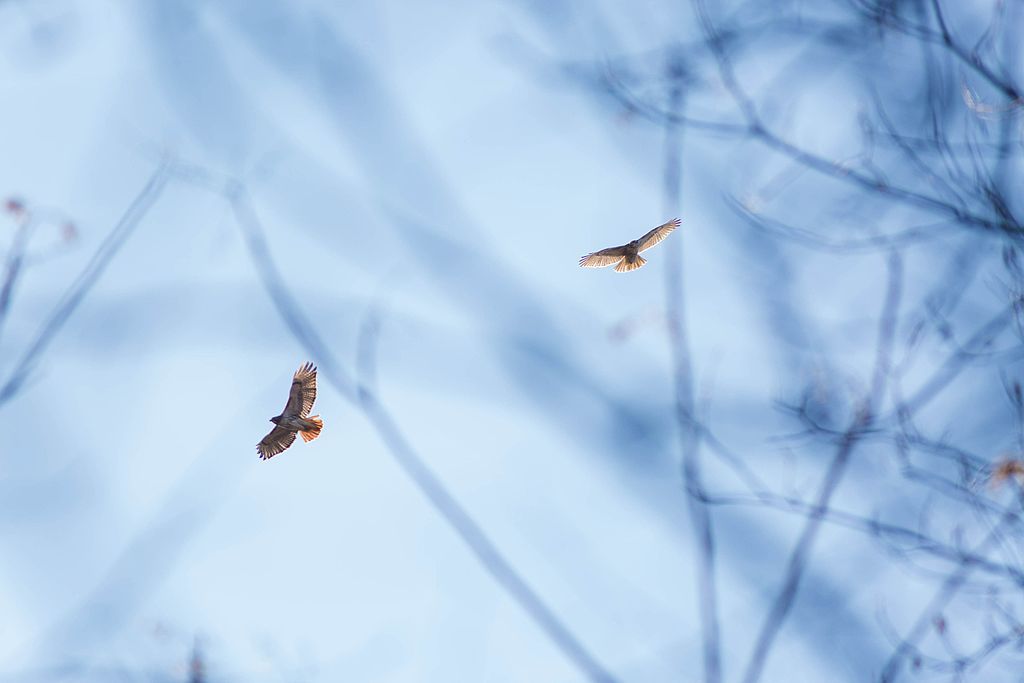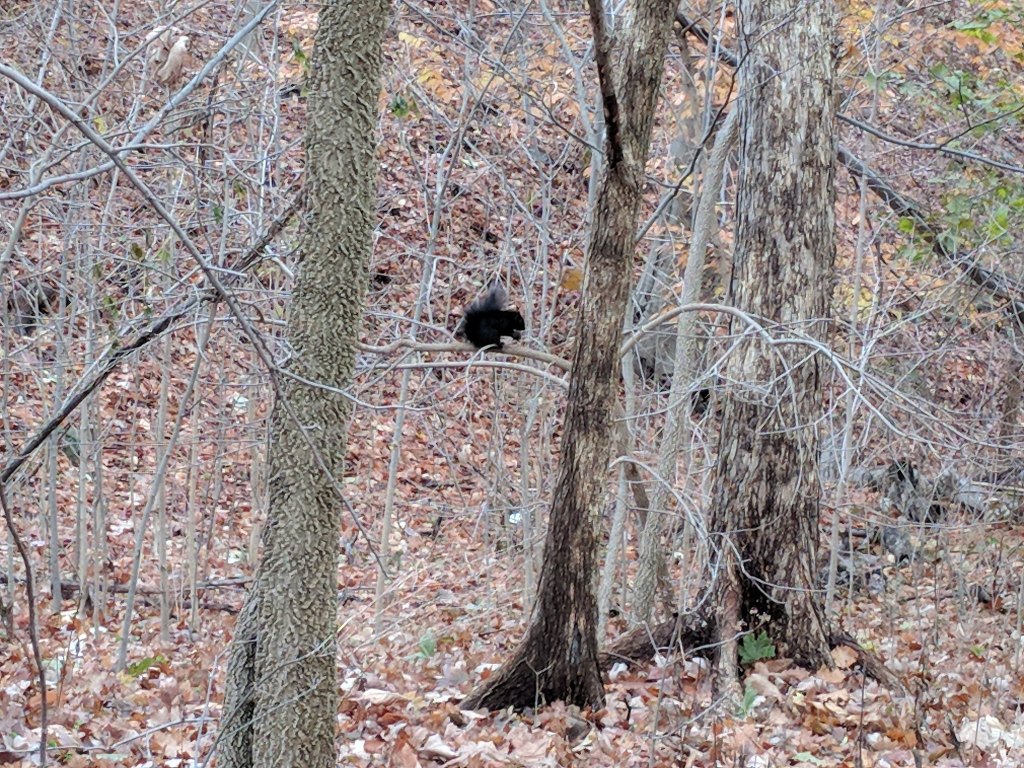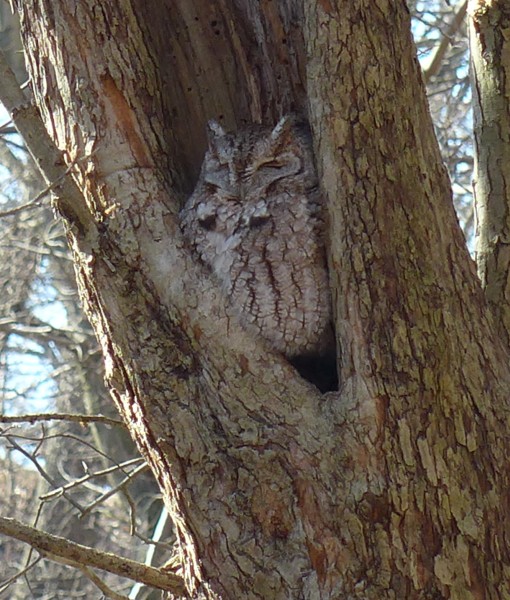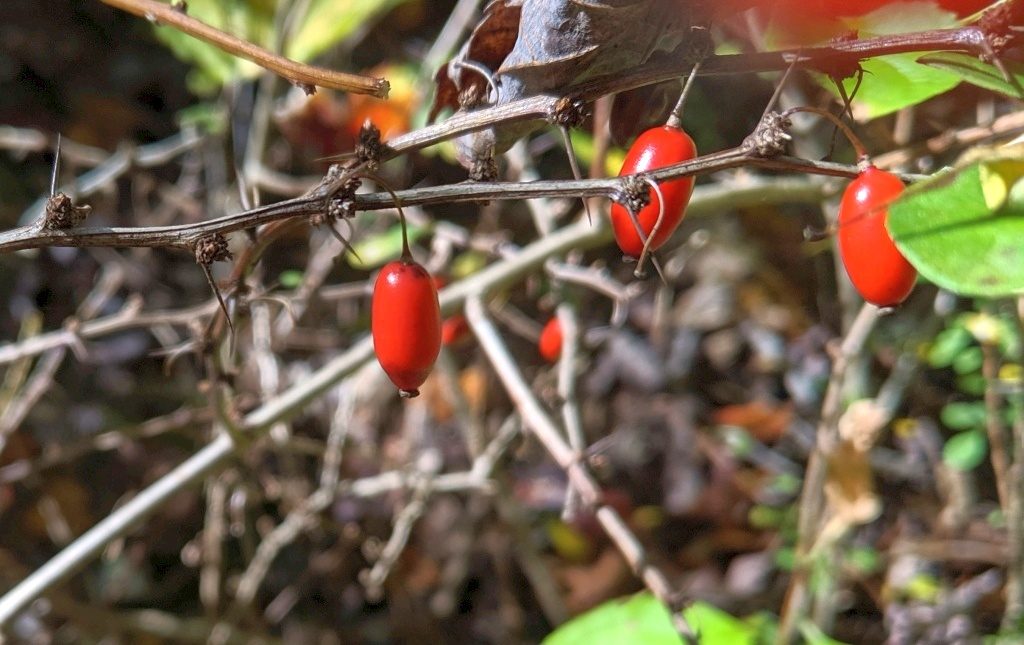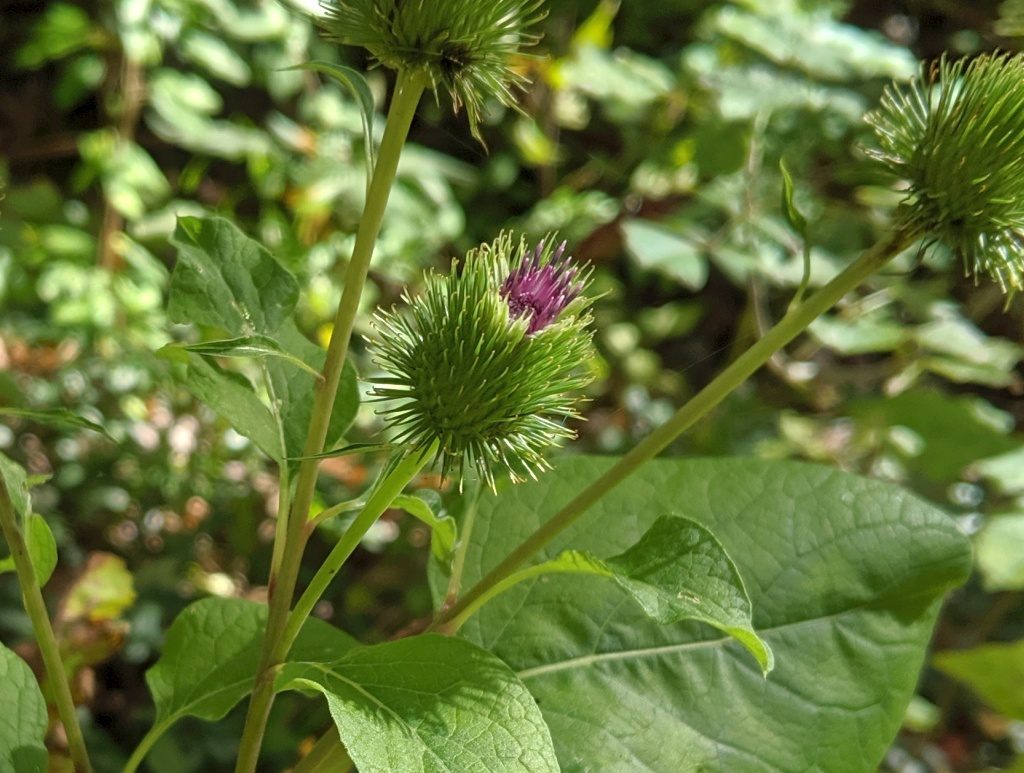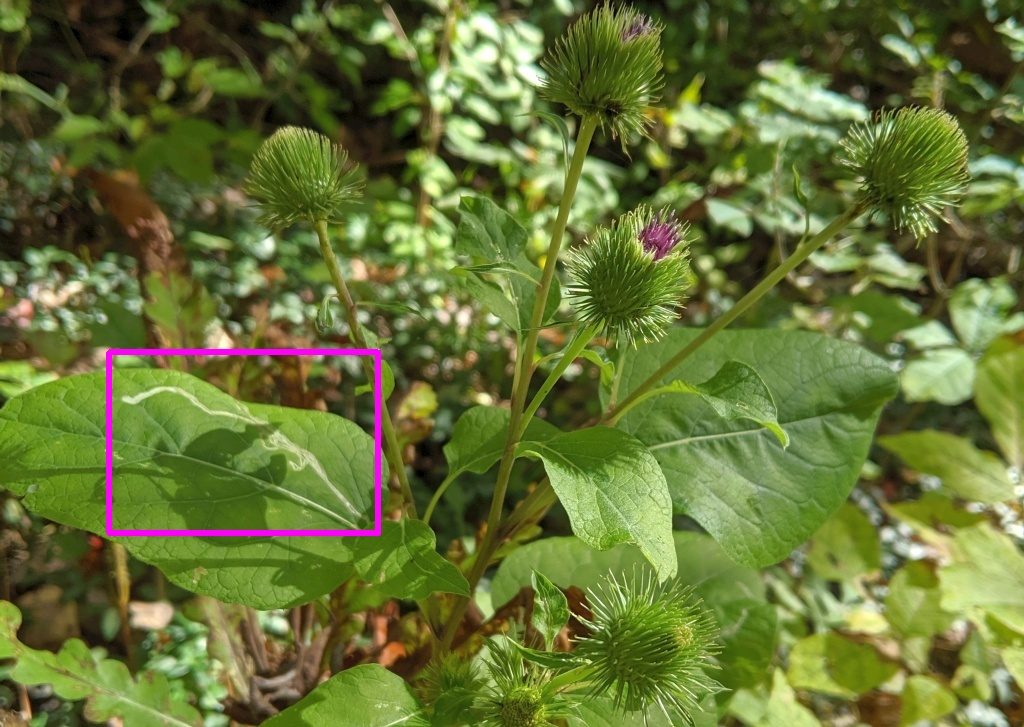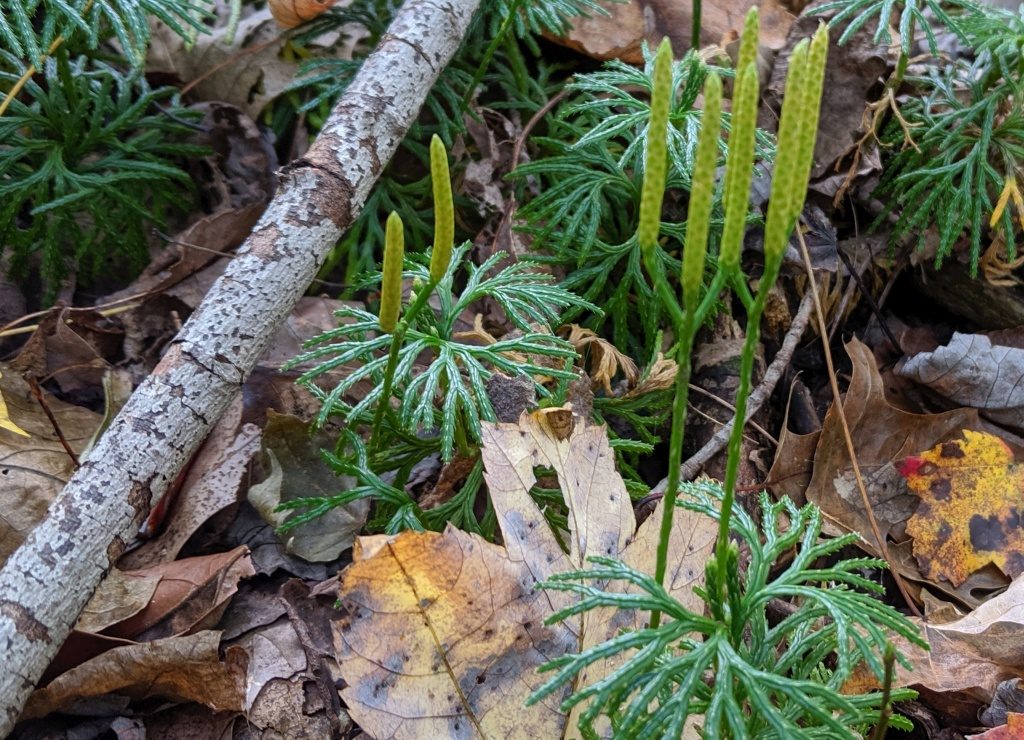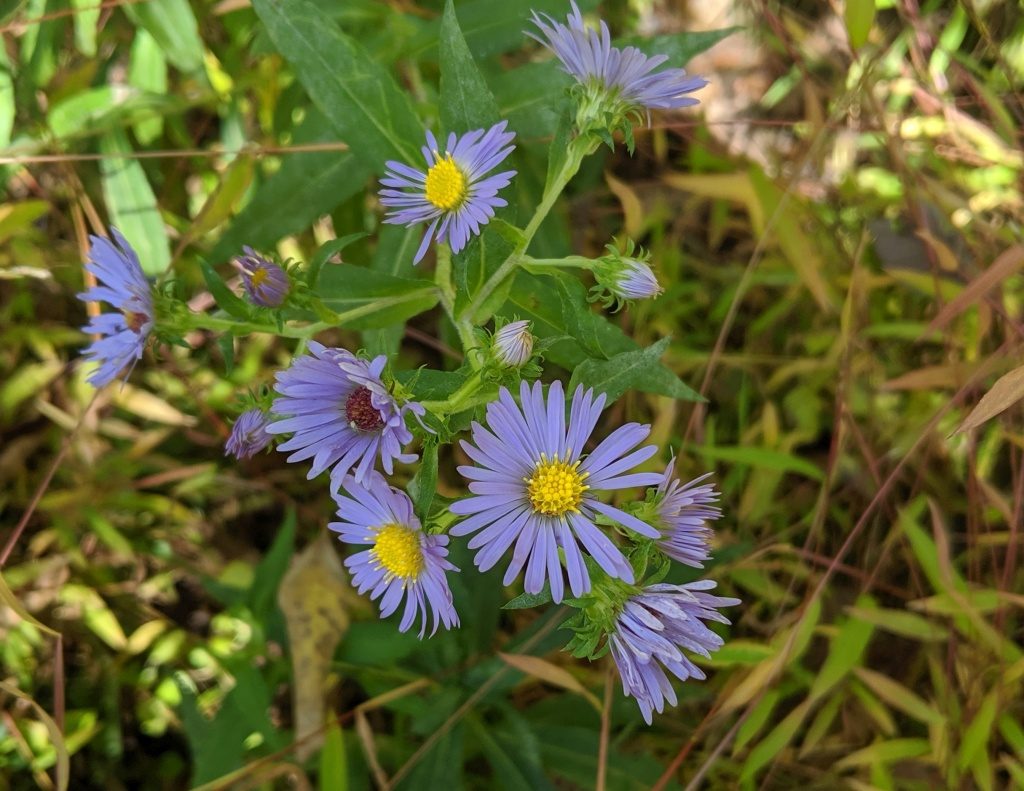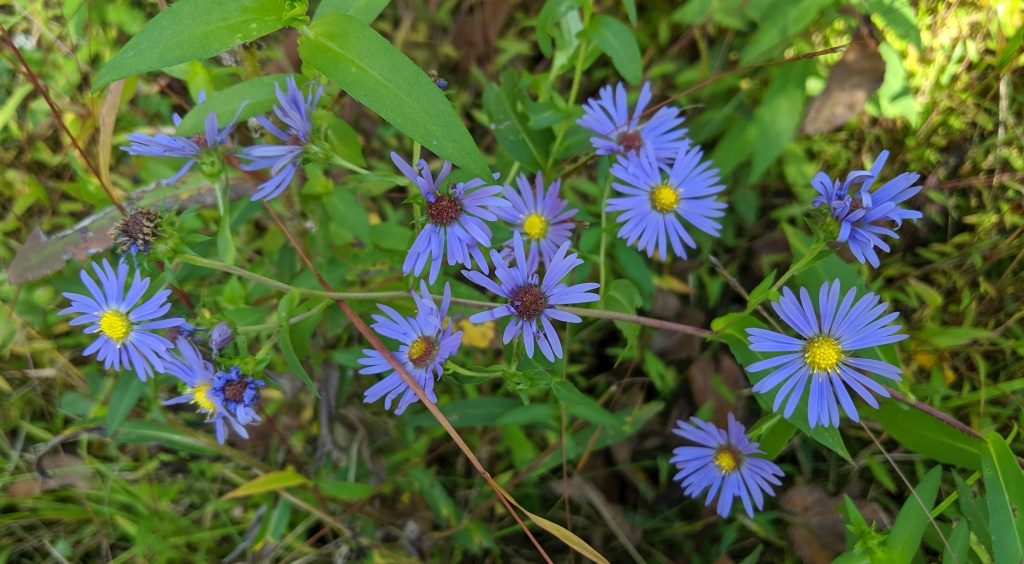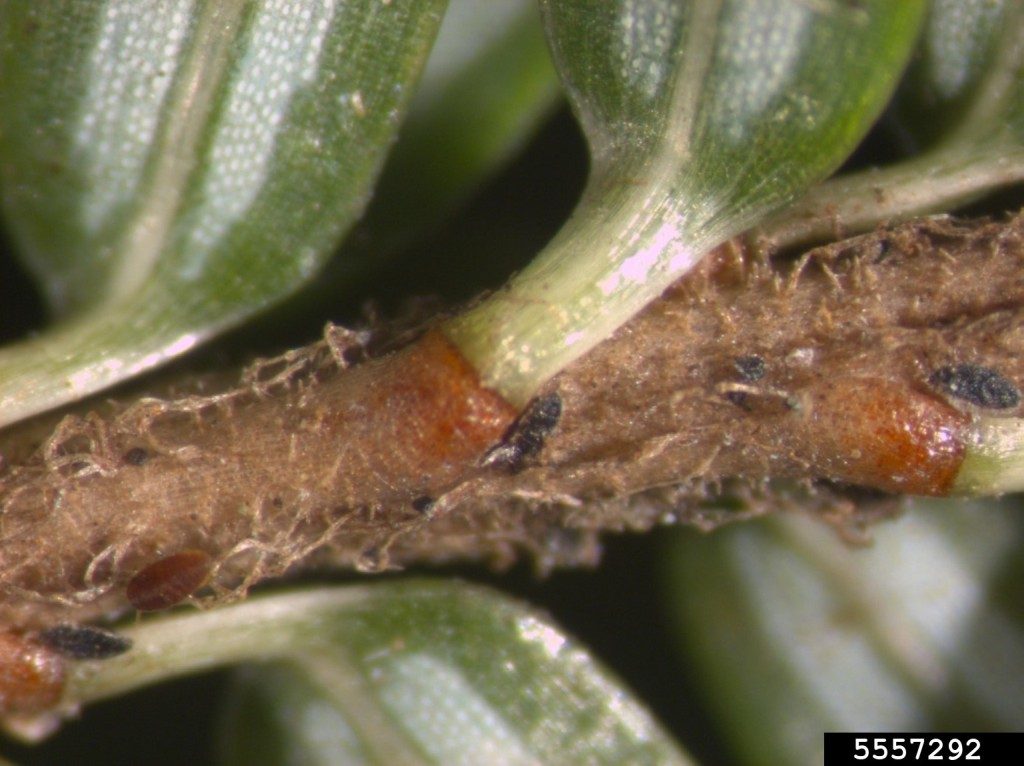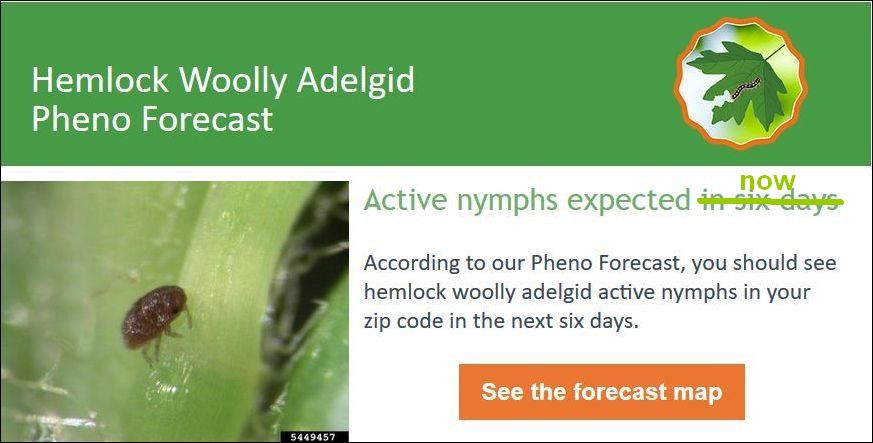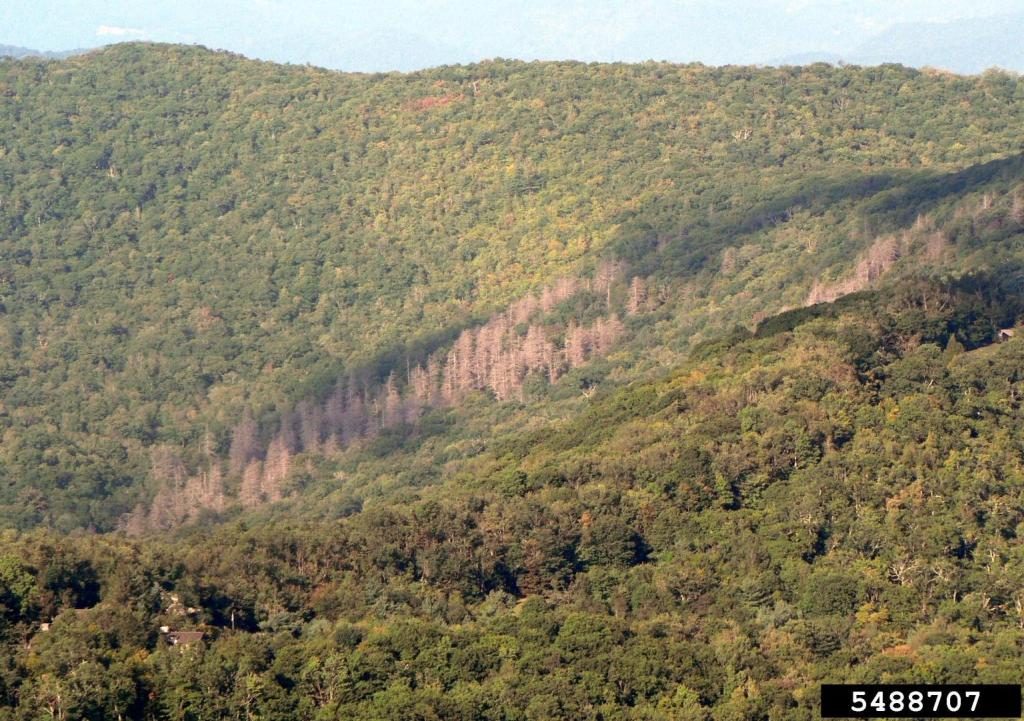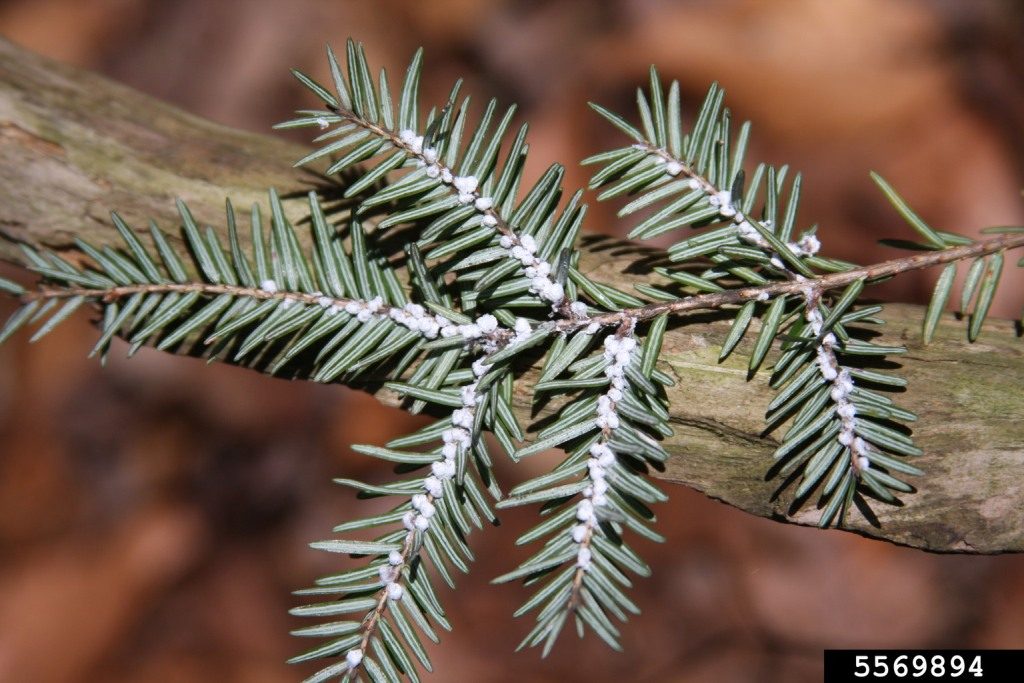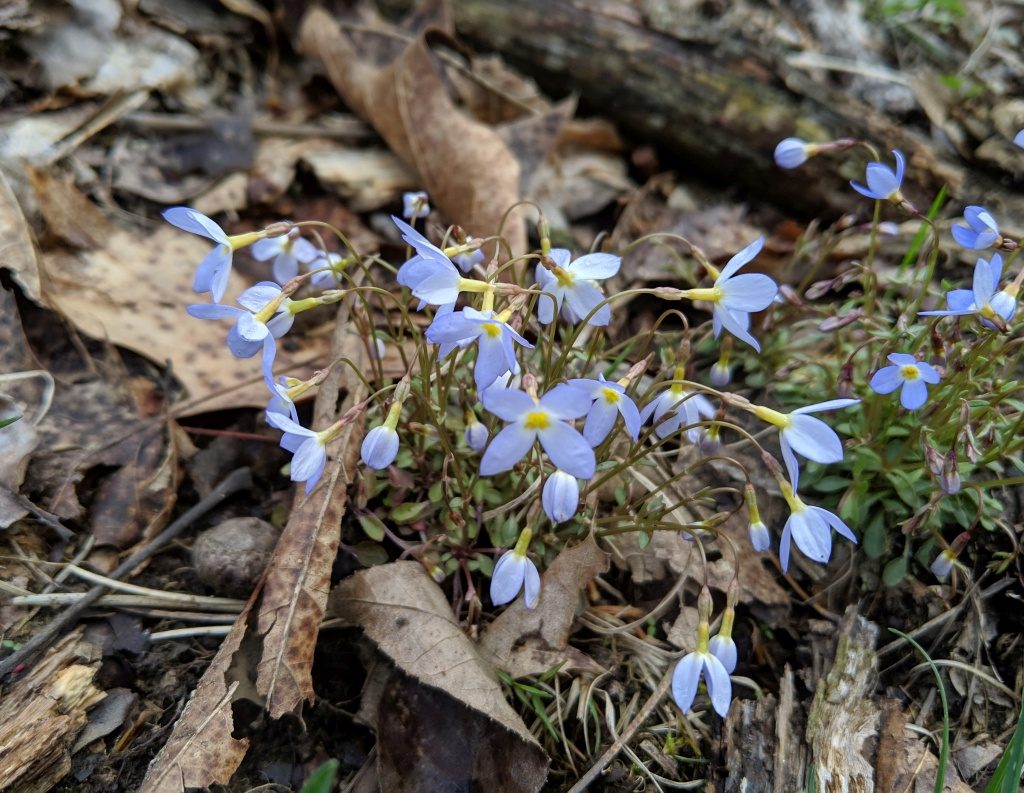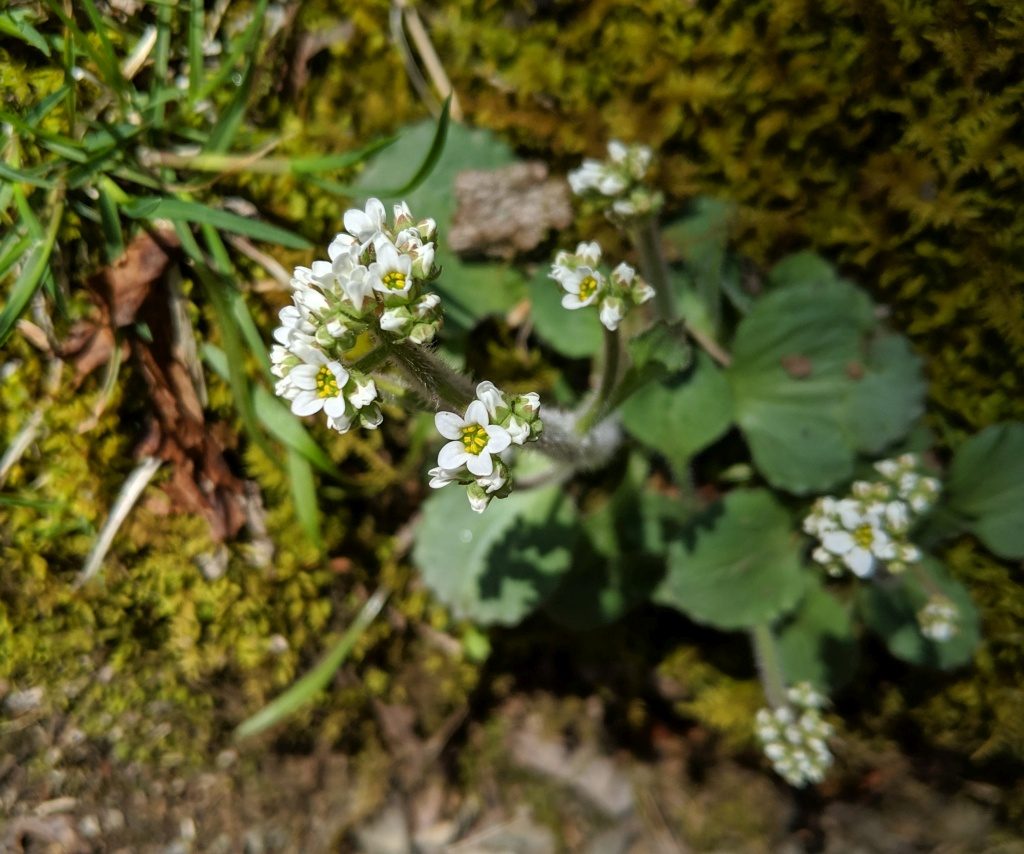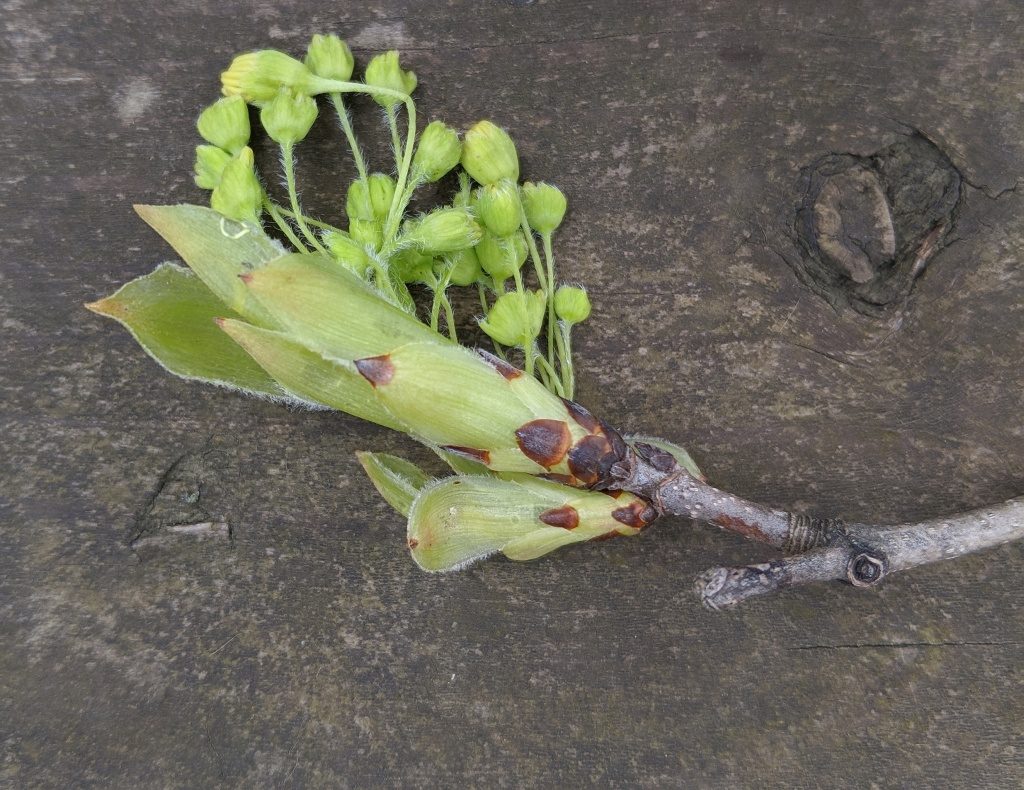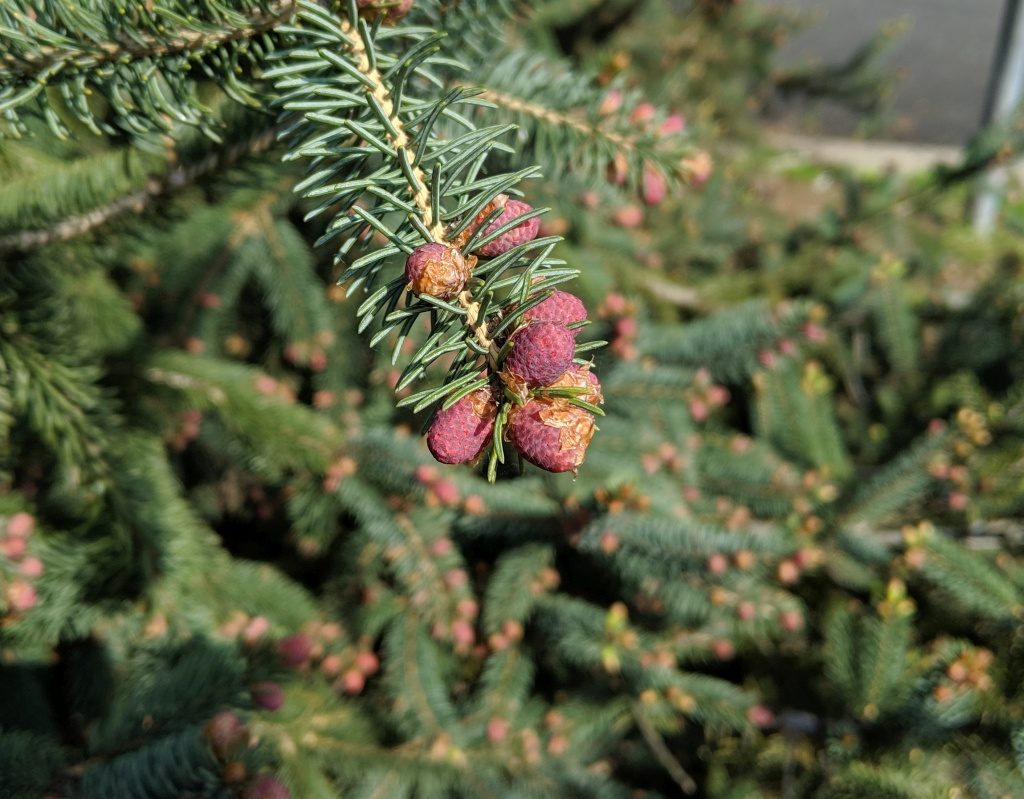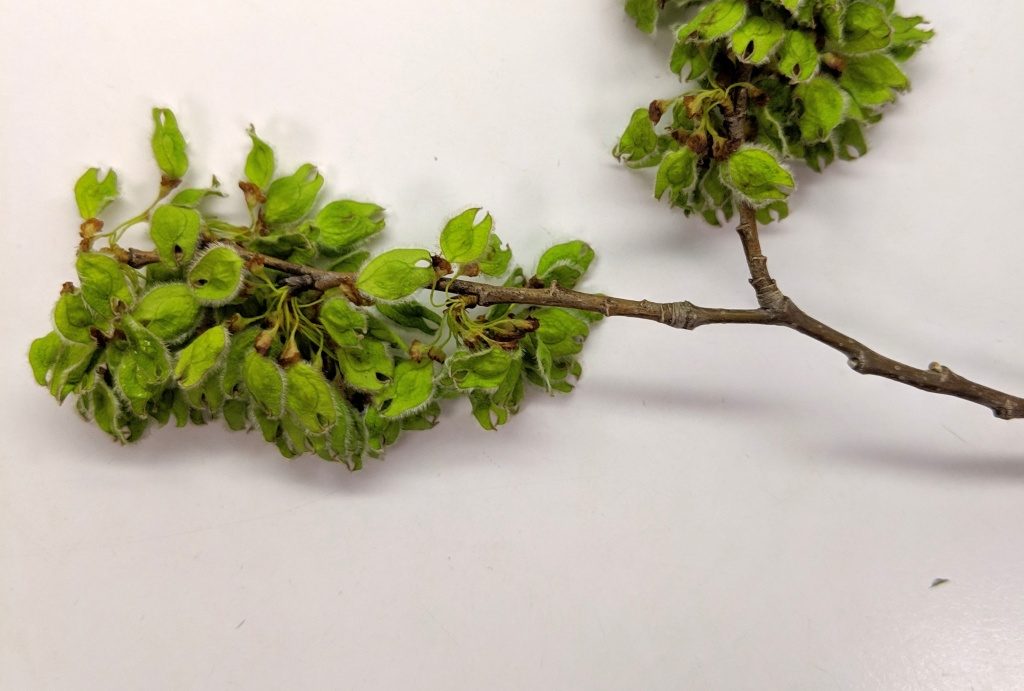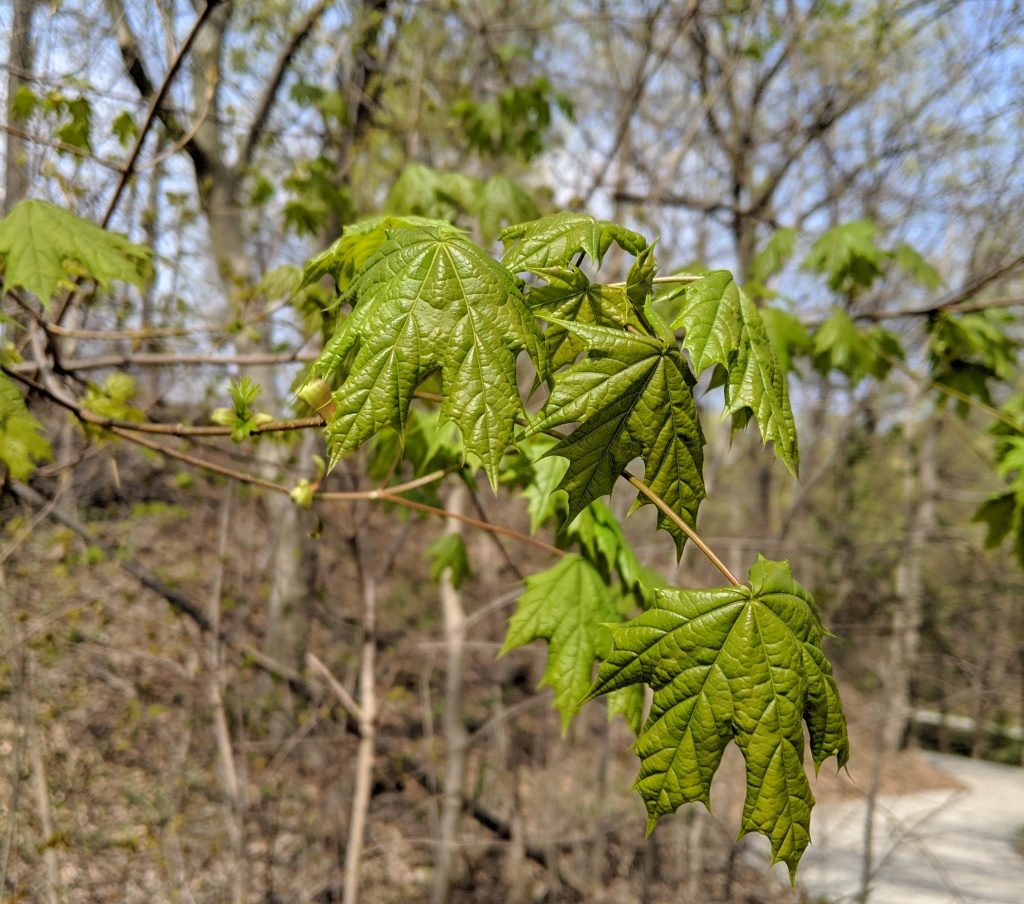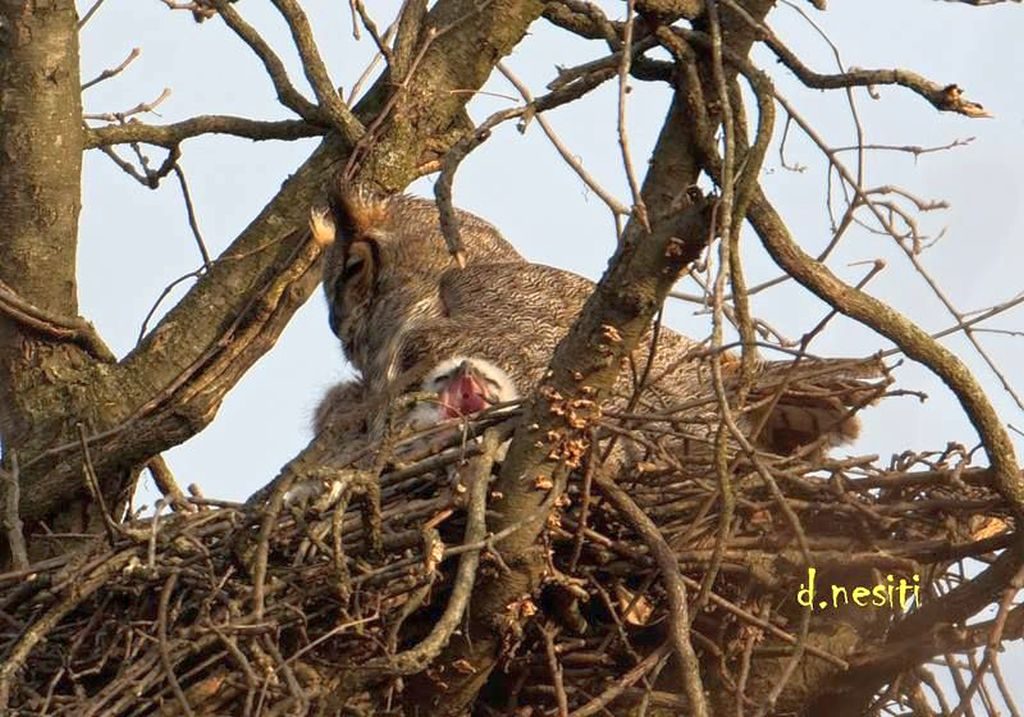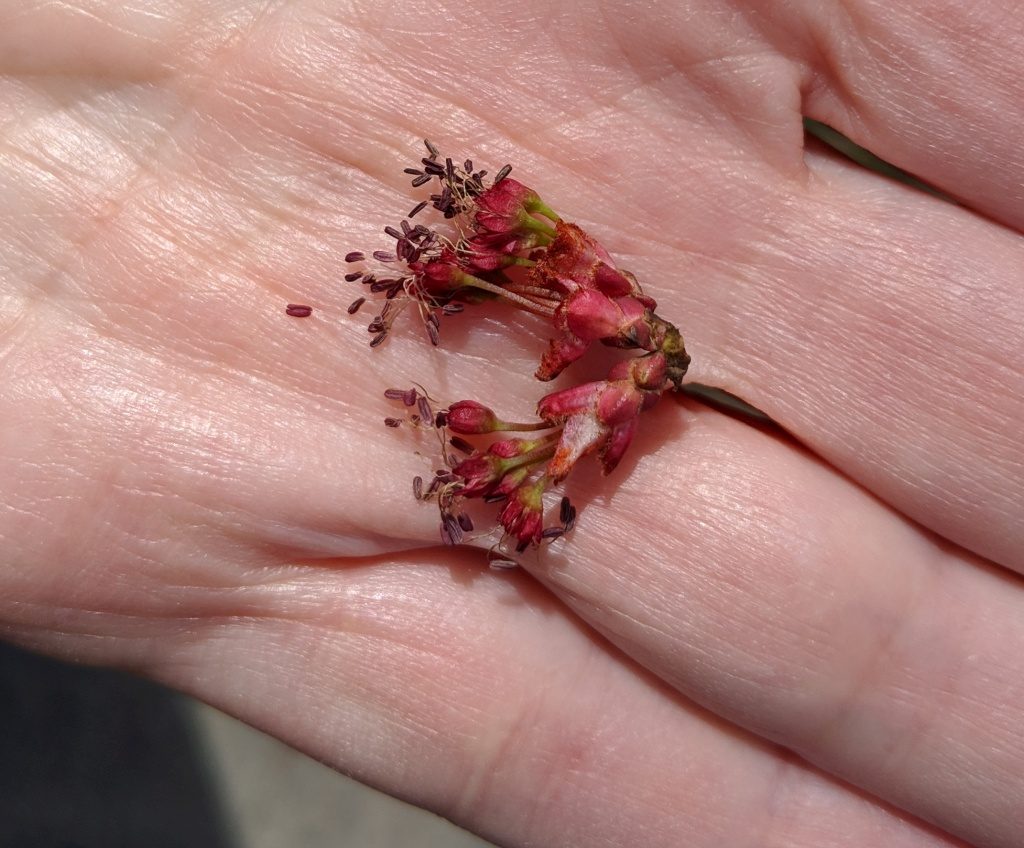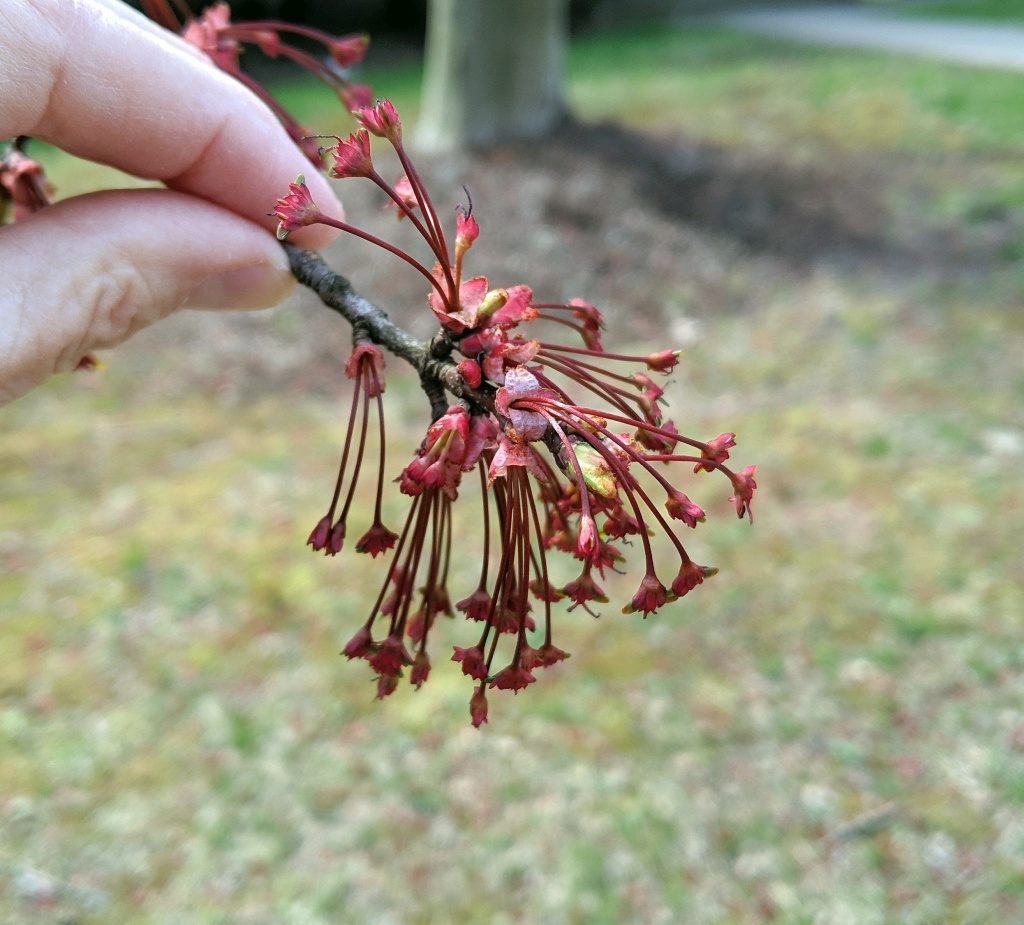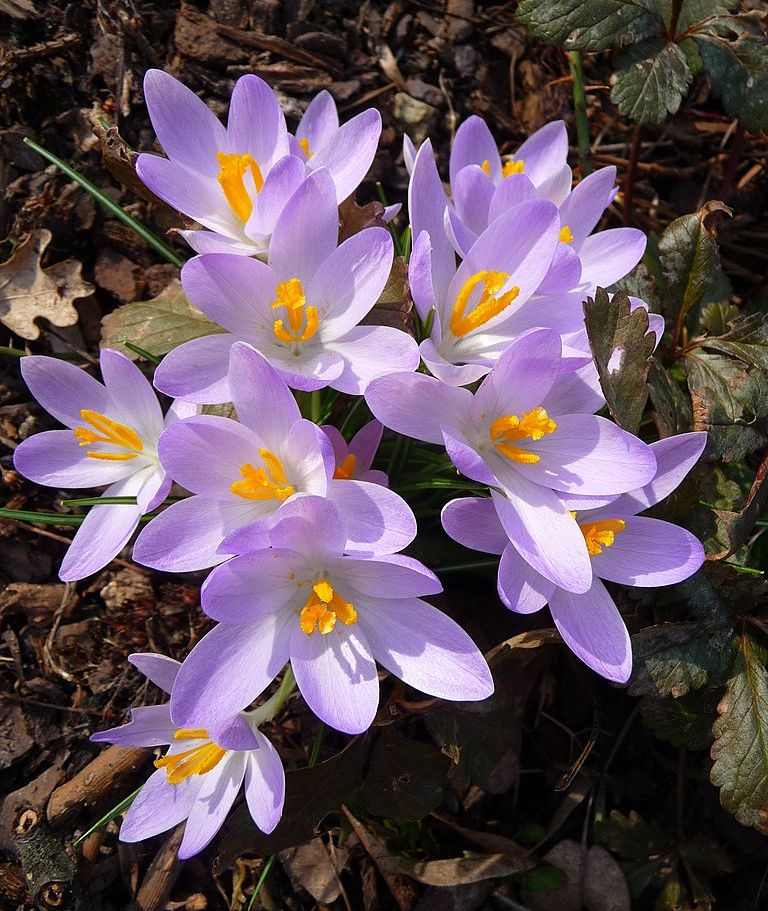
There’s a rule of thumb from the last century that says “Spring moves north 13 miles a day.” On average this means that if crocuses began blooming in Morgantown, West Virginia a week ago they ought to start blooming in Butler, PA today.
However this year’s spring is so early and so hot that I’m wondering if the rule is still true. The animated map below shows spring leaf out moving north from 1 January through 10 March 2020. Some days spring leaps many miles.
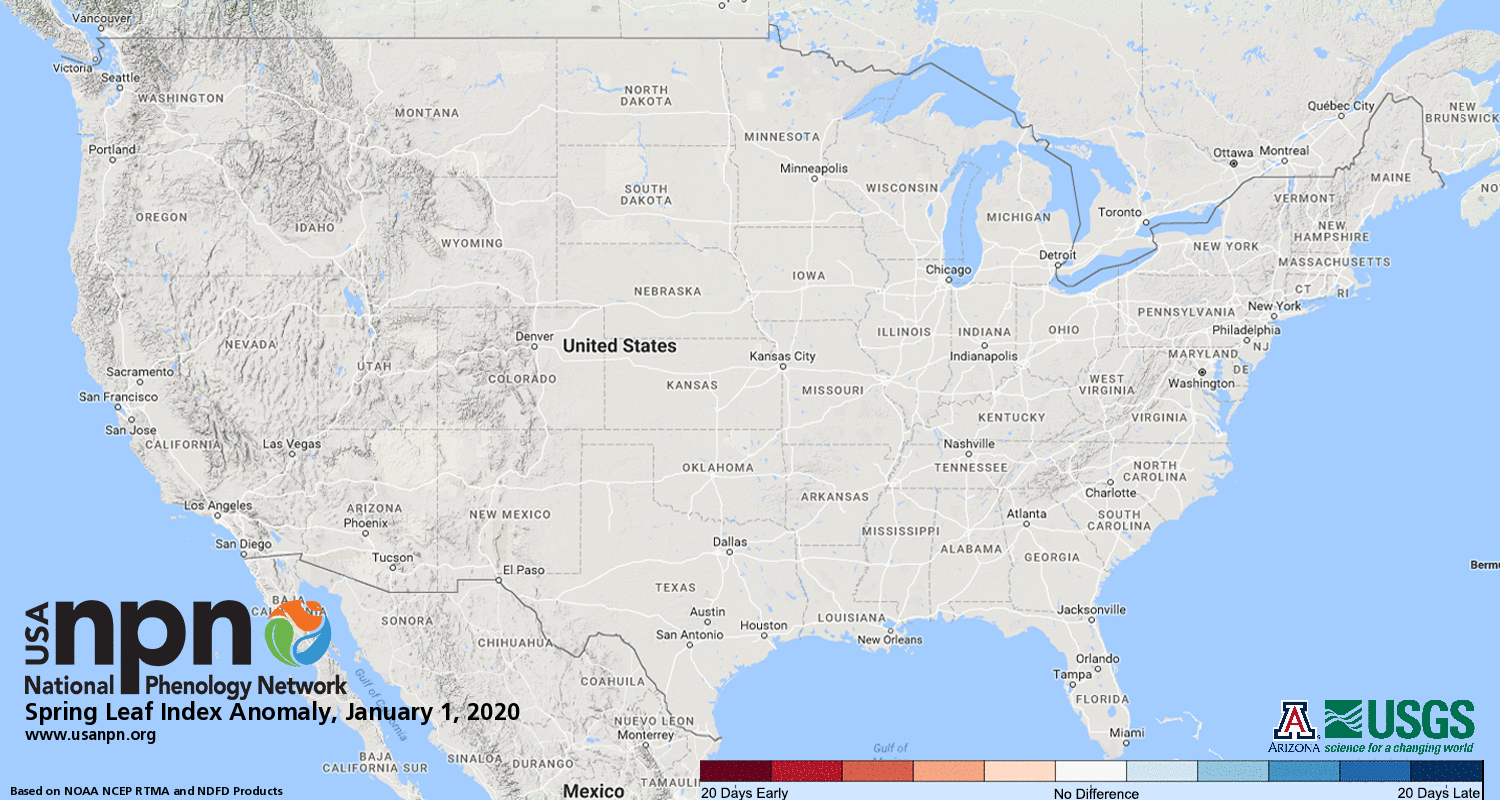
According to the USA National Phenology Network, spring is many weeks ahead of schedule, particularly in the eastern US. It’s “three to four weeks earlier than a long-term average (1981-2010) in some locations. Washington, DC and New York City are 24 days early, Nantucket is 30 days early.” Wow!
Leaf out in Pittsburgh began in early February, tulip leaves emerged in late February and I saw the first crocus bloom last week.
So what do you think? Is spring moving faster than it used to? Or just sooner?
Follow the signs of spring at the USA National Phenology Network and Journey North. Here are some cool maps that track what’s going on:
- Animated Leaf Out map, based on honeysuckle leaves, at USANPN (shown above).
- Tulips emerge across the country at Journey North.
- Animated First Bloom map, based on lilacs and honeysuckles, at USANPN.
(photo from Wikimedia Commons; map from USA National Phenology Network; click on the captions to see the originals)
